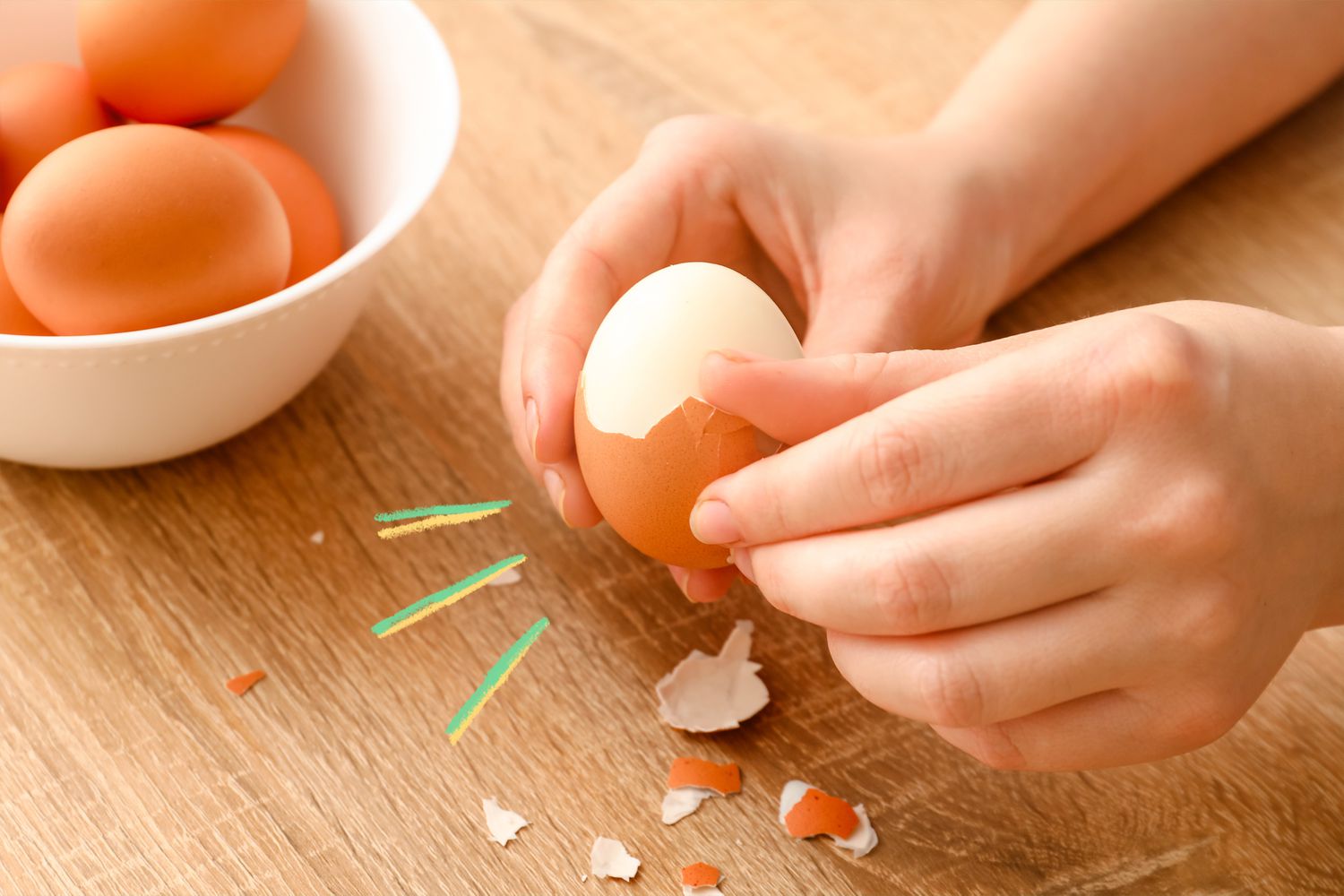Have you ever been frustrated by hard-boiled eggs that refuse to peel cleanly, taking chunks of the whites with them? This common kitchen woe has a simple explanation and a handful of brilliant solutions. Unlocking the secret to effortless egg peeling is less about luck and more about understanding a little bit of food science and using a few clever tricks.
The Scientific Reason for Your Peeling Problem
The primary factor behind a difficult-to-peel egg is its freshness. A very fresh egg has a lower pH level in its egg whites, which causes the protein to bond tightly to the shell’s inner membrane. As an egg ages, its pH naturally rises, and this bond weakens, making the shell much easier to remove. This is often why store-bought eggs, which have had a little time to age, are sometimes more cooperative than farm-fresh ones.
Essential Prep for a Flawless Peel
To improve your chances of a clean peel, start with eggs that aren’t fresh from the hen house. A good pro tip is to use eggs that are at least a week old. To test freshness, a quick hack is to gently place the egg in a bowl of water: if it sinks and lies flat, it’s very fresh; if it stands upright on the bottom, it’s older and perfect for boiling; if it floats, it’s past its prime. You can also try a small kitchen hack by poking a tiny hole in the bottom of the egg with a pin before boiling. This helps release the air pocket and can lead to a cleaner break.
Advanced Cooking Methods for Effortless Peeling
While traditional boiling works, many kitchen pros swear by alternative cooking methods. Steaming eggs instead of boiling them is a popular technique that provides consistent heat, which is believed to help the shell membrane break down more effectively. For an even more dramatic result, pressure cooking hard-boiled eggs is hailed by many as the ultimate restaurant secret, often resulting in shells that slide off in a single, satisfying piece.
The “Cold Shock” Technique: Your Game-Changing Secret
Perhaps the most crucial step for a perfect peel is the immediate cool-down. As soon as your eggs are cooked, transfer them directly from the hot water into an ice bath. This rapid temperature change, known as “cold shocking,” stops the cooking process instantly and causes the egg whites to contract and pull away from the shell. This simple trick is a huge part of the effortless peeling puzzle.
Unconventional Additives for a Better Shell-Peeling Solution
Some chefs and home cooks use specific additives to the boiling water to assist with peeling. A common and highly effective tip is to add a bit of baking soda. This raises the water’s pH, which in turn helps to break the bond between the egg white and the membrane. While less effective, some also suggest adding salt or vinegar to the water.
Final Pro Tips for Mastering the Peel
Once you’ve cooked and chilled your eggs, you can use a couple of simple techniques for the actual peeling process. Gently crack the entire surface of the egg by rolling it on a hard surface. Then, peel the egg under a slow stream of running water, as the water can get under the membrane and help it separate. Another clever kitchen hack is to place the egg in a jar with a little water, put the lid on, and shake it gently. The shell will crack and often come right off.
